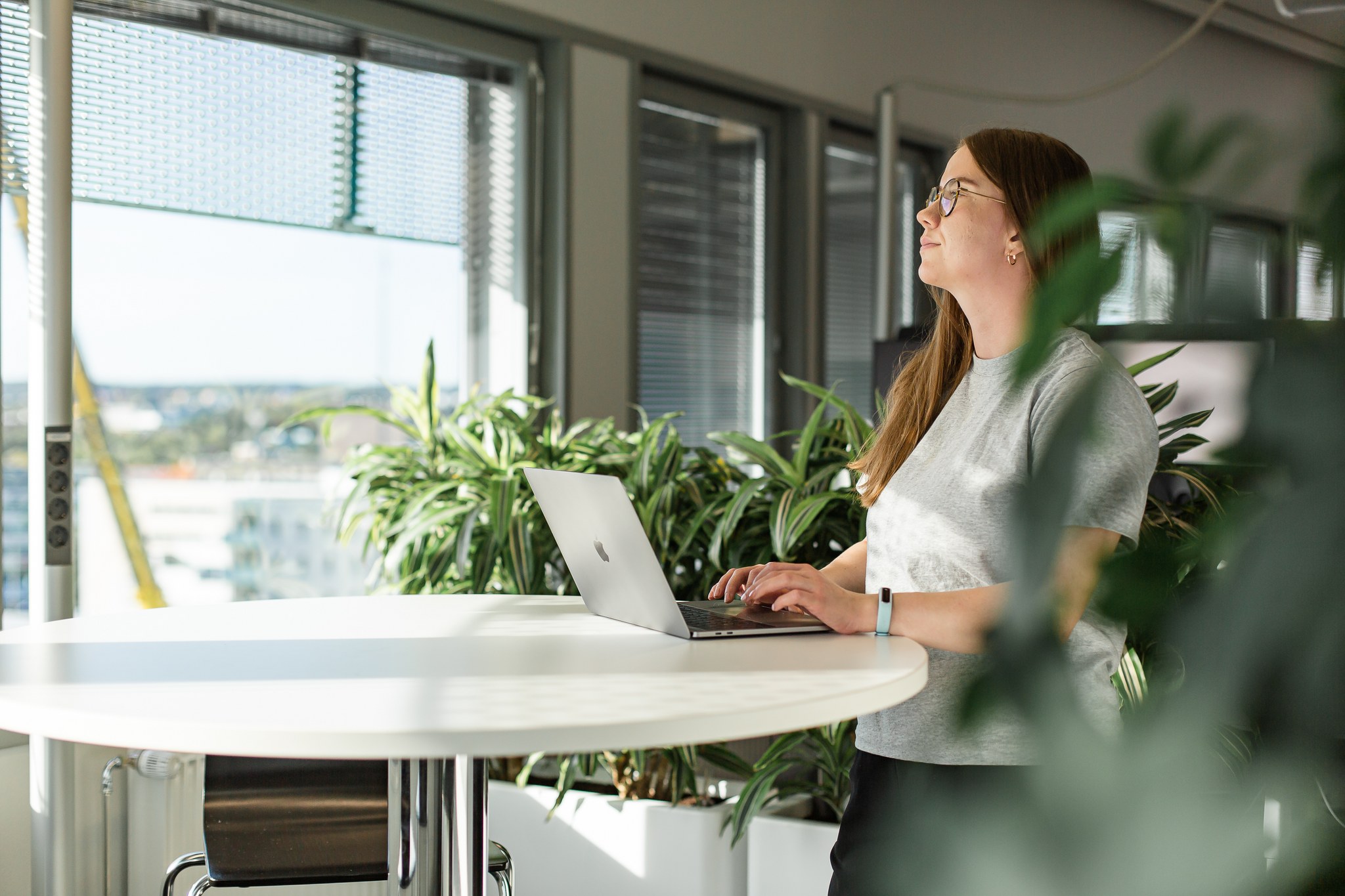How often does technology irritate you? A program does not work, connections keep dropping, updates take forever, and apps bombard you with notifications one after another. What goes through your mind in those moments? Do you recognize the same feelings as I do – rising blood pressure, quickening heartbeat, thoughts filled with expletives, and the urge to toss the technology out the window? Why do I have to suffer just because I use technology? Don’t developers care about how the user feels? Haven’t they heard of “calm technology”?
What is calm technology?
Calm technology is an approach where technology aims to be present in our daily lives in an unobtrusive and tranquil manner. The goal is to create a pleasant user experience where technology supports our activities without causing unnecessary disturbance or noise.
Mark Weiser, a pioneer in computer science and a researcher at Xerox PARC (Palo Alto Research Center), famously said about calm technology: “Good technology is invisible. By that, we mean the tool does not intrude on your consciousness; you focus on the task, not the tool.” At a summer seminar by Gofore, American author and anthropologist Amber Case gave a good example, describing the role of a window in our lives. We all look out of the window every day, but we do not pay attention to the window itself; we focus on the view beyond it. Ultimately, the window is a calm technology, enabling us to look outside the building without an actual hole in the wall.
The fundamental idea of calm technology is that technology does not have to be at the center of attention all the time. Instead, it can operate in the background and convey necessary information or help when needed without drawing too much attention or causing stress – those increases in blood pressure and heart rate!
For instance, a smartphone’s quiet notification sound or vibration could be an example of calm technology. It allows the user to know that a new message or notification has arrived without disrupting their concentration or causing unnecessary distractions. Another example is a smartwatch that subtly provides information, such as incoming calls, without the user constantly checking their phone.
The goal of calm technology is to enhance the user experience and reduce the stress caused by technology. It aims to seamlessly integrate technology into our lives without dominating it.
Calm technology helped me create a healthier relationship with technology
In the spring, I encountered the term “calm technology” for the first time. After reading about it, I immediately understood my previous feelings. Often, technology has not been developed with the user in mind, easily becoming a hindrance to everyday tasks instead of providing support.
Another reason is that I have not taken the time to explore the settings of the technology I use, where I could adjust various distractions. I have noticed that it is essential to familiarize myself with these settings, as updates to applications might reset previous customizations, leading to sudden and disruptive notifications. We all know that our brains eagerly await these notifications, as quick rewards bring momentary pleasure when we reach for our phones to see what “important” message it wants to tell us. In the process, our minds get distracted from other tasks, and once again, we find ourselves facing technology that hinders our daily lives.
What ethical considerations underlie calm technology?
I pondered the above title for a long time and decided to ask ChatGPT for its thoughts. I received a good list of various perspectives.
Calm technology involves several ethical considerations aimed at protecting user privacy, promoting well-being, and respecting human values. Some key ethical principles related to calm technology are:
- Respect for the user: The foremost principle of calm technology is to respect users. This means that technology should not misuse or manipulate users’ emotions or choices. Instead, it should be designed and implemented to meet users’ needs and values.
- Privacy protection: Calm technology aims to protect users’ privacy and personal data. Data collection should be transparent and secure. Users should have opportunities to control and manage their data and receive information about how it is used.
- Pursuit of minimal disruption: The goal of calm technology is to reduce distractions and noise that can cause stress and interruptions for users. Technology seeks to support users’ focus and create a pleasant user experience where the presence of technology does not dominate or disrupt daily life.
- Social responsibility: Calm technology considers social impacts and aims to avoid negative consequences for society. It is designed to promote well-being, support healthy relationships, and enhance community functioning.
- Support for sustainable development: Calm technology strives to promote sustainable development by considering environmental impacts. Technology design and usage should consider energy efficiency, durability and recycling of materials, and environmentally friendly practices.
How have I changed my daily life after learning about calm technology?
I am more conscious of how much and how often I use technology daily. I have removed unnecessary applications and considered the impact of the ones I use on myself, identifying those that cause unnecessary stress and disruptions. I have tried (this requires conscious effort!) To reduce unnecessary checks and interruptions, especially in social media.
I have minimized disruptions by setting my phone and other technological devices to silent or vibrate mode to avoid constant distractions. I have also limited the number of notifications and prioritized important messages. Additionally, I have adjusted the notification volume of the ones I keep active to be quieter.
I have dedicated time to being without technology. Once, my partner brought my phone to the living room, noting that I had left it in the hallway on purpose. In that moment, I realized that I needed to communicate my new habits to those around me because I intentionally left my phone in the hallway. When walking the dog, I leave my phone and headphones at home.
What I could still do is provide feedback to developers of apps or technologies if their products cause stress or disruption to users. With feedback, they might want to make changes to improve the user experience.
I try to be an example to others as well because other people’s use of technology can also disturb me if colleagues or my partner’s devices keep beeping constantly. I hope that when others see the effects of calm technology and how they can influence it themselves, they may also be encouraged to try the same.
What technology usage habits do you recognize in yourself, and would you like to change them towards a calmer direction?



